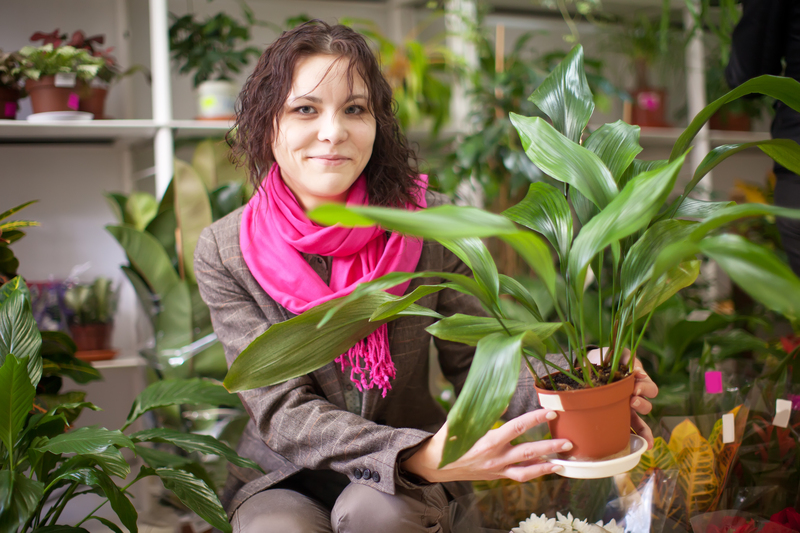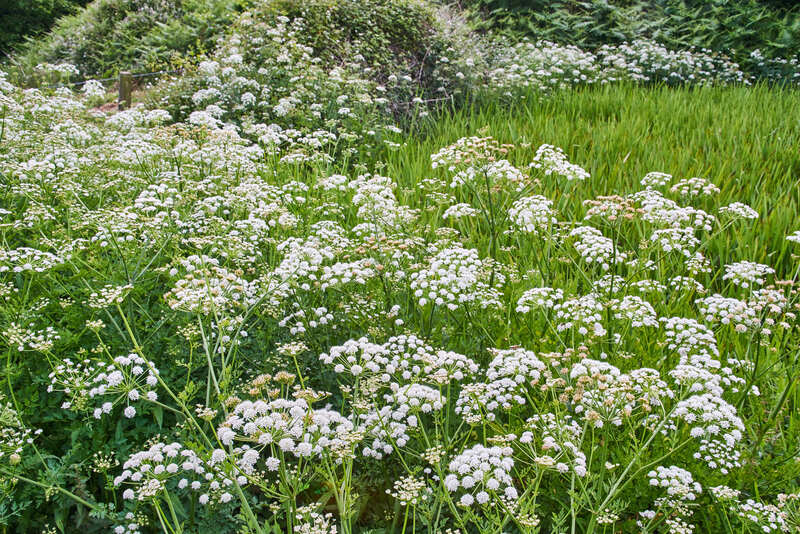Garden Maintenance During Heatwaves
Posted on 27/12/2024
Heatwaves can impose significant challenges for gardeners and their beloved green spaces. With record-breaking temperatures becoming more frequent, understanding how to care for your garden during these intense heat periods is crucial. This article provides a comprehensive guide on garden maintenance during heatwaves, ensuring your plants remain healthy and vibrant despite the extreme weather conditions.
1. Watering Techniques
One of the most critical aspects of garden maintenance during heatwaves is mastering the right watering techniques. Water management is vital for plants to cope with high temperatures and reduce stress.
Watering Early or Late
Water your garden either early in the morning or late in the evening. During these times, temperatures are generally cooler, and the evaporation rate is lower. This timing ensures that more water reaches the plant roots rather than evaporating quickly from the soil's surface.
Deep Soaking
Rather than lightly sprinkling water on the surface, opt for deep soaking. Deep soaking involves watering the plants thoroughly until the soil is moist several inches down. This encourages deeper root growth, making plants more resilient to drought conditions.
Mulching
Applying a layer of mulch around your plants can significantly help in retaining soil moisture. Organic mulches like straw, wood chips, or compost reduce water evaporation and keep the soil temperature more consistent, offering thermal protection to the plant roots.

2. Soil Management
Healthy soil is the cornerstone of a thriving garden, particularly during challenging weather conditions such as heatwaves. Proper soil management can improve water retention and provide essential nutrients to your plants.
Soil Testing
Testing your soil before the onset of a heatwave can provide insights into its composition and nutrient levels. Amend the soil based on the test results to ensure it has the right balance of nutrients and organic matter to support plant growth during extreme heat.
Composting
Adding compost to your soil enhances its structure, improving water retention and nutrient availability. Well-composted soil holds water better and drains efficiently, preventing both waterlogging and drought stress.
3. Shade Provision
Plants, like humans, can suffer from too much sun exposure. Providing adequate shade can protect your garden during a heatwave.
Using Shade Cloths
Shade cloths are available in various densities and can be draped over plants to reduce the intensity of sunlight. This method helps prevent leaf scorch and reduces the overall temperature around the plants.
Natural Shade
Strategically placing taller plants or using structures like trellises and pergolas can create natural shade. This not only shields the more vulnerable plants but also adds an aesthetic dimension to your garden.
4. Plant Selection
Choosing heat-tolerant plants can make a significant difference in maintaining your garden during a heatwave. Some plants are more resilient and can withstand prolonged periods of high temperatures better than others.
Drought-Resistant Varieties
Opt for drought-resistant plant varieties known for their ability to thrive in hot and dry conditions. Examples include succulents, lavender, and certain grasses. These plants typically require less water and can endure the stress of a heatwave.
Native Plants
Native plants are well-adapted to the local climate and soil conditions. They are often more resilient to local weather extremes, including heatwaves. Incorporating native species can significantly enhance your garden's sustainability and reduce the need for additional maintenance.
5. Pruning and Maintenance Practices
Proper pruning and regular maintenance play a crucial role in helping plants cope with the stress of heatwaves.
Avoid Heavy Pruning
While light pruning can stimulate growth, avoid heavy pruning during a heatwave. Significant pruning can stress plants, making it harder for them to recover. Instead, focus on removing dead or diseased branches to improve overall plant health.
Weeding
Weeds compete with your plants for water and nutrients. Regular weeding can reduce this competition, ensuring your plants have better access to the resources they need to survive the heat.

6. Monitoring and Adjusting
Consistent monitoring of your garden during a heatwave can make all the difference. Being proactive allows you to make timely adjustments to various gardening practices.
Check Soil Moisture
Regularly checking the soil moisture levels can help you determine if your garden needs watering. Insert a finger or a moisture meter into the soil to gauge its dryness and water accordingly.
Assess Plant Health
Keep an eye on the overall health of your plants. Look for signs of wilting, discoloration, or leaf drop. Early detection of stress symptoms allows for prompt intervention to prevent long-term damage.
Conclusion
Maintaining a garden during heatwaves requires thoughtful planning and proactive care. By adopting the right watering techniques, managing soil health, providing adequate shade, selecting the appropriate plants, and practicing regular maintenance, you can ensure your garden thrives even in extreme conditions. Remember, consistent monitoring and timely adjustments are key to preserving the vitality of your plants during these challenging periods.




